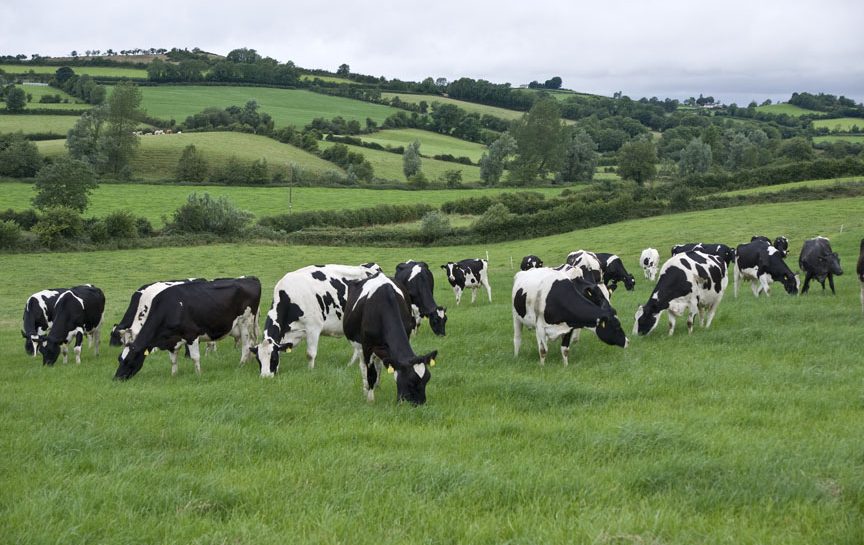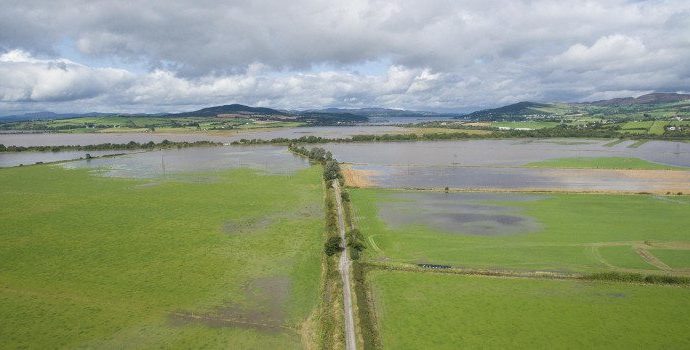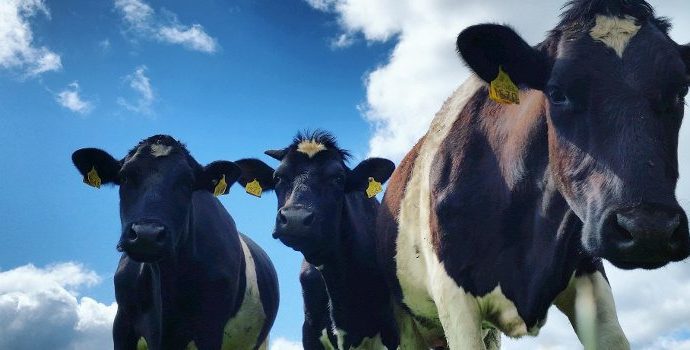Dairy Vulnerability Assessment Shows Farmers Are Running Harder to Stand Still

IFA has published a vulnerability analysis of the dairy sector as part of its submission to the Department of Agriculture’s Nitrates Action Programme review.
IFA Dairy Chairman Tom Phelan said the review would most impact the dairy sector.
“While dairy may be doing better than other farming sectors at present, our analysis shows that dairy farmers are vulnerable to any cost increases that might arise from further changes to the nitrates derogation,” he said.
The report, produced by IFA Director of Policy/Chief Economist Tadhg Buckley and Senior Policy Executive for Dairy Aine O’Connell, addresses expansion in the sector since production quotas were abolished in 2015. In the last five years, production has increased by 50% and exports by 62% (€2bn), but farm incomes have remained static.
The report points out that, on average, 1.3 labour units are provided by farmers and their families. When accounted for, the average wage amounts to €48,049, lower than that of the average industrial wage (€48,946). This wage is before repayments on borrowings and any return on investment.
The report also outlines that while Irish farmers compare favourably to their European counterparts on a net margin basis, they are below the European average when the Return on Asset (RoA) measurement is used. After accounting for labour, Irish farmers RoA is just 1.4%
Tom Phelan said, “In the past five years, many farmers have had to expand their herd size to remain sustainable. Farmers are running harder to stand still”.
Family farm systems still dominate dairy production in Ireland with an average dairy herd size of 86 cows. This is compared to an average herd size of 270 in the USA and over 400 in New Zealand.
“Some people refer to ‘industrial farming’ in Ireland. This is misleading. Our family farm system is worth protecting, and many farmers cannot absorb more costs arising from changes to the nitrates directive. This has to be recognised in this review,” he said.
Concluding Tom Phelan said, “Farmers are acutely aware of their environmental responsibilities, but if policymakers believe that this can be delivered without due regard to the economic viability of dairy farms, then they are misleading both farmers and consumers”.




